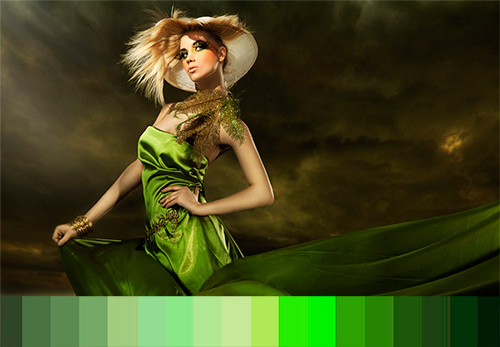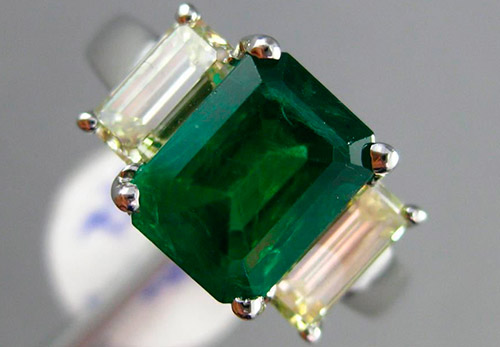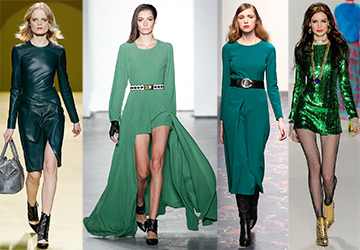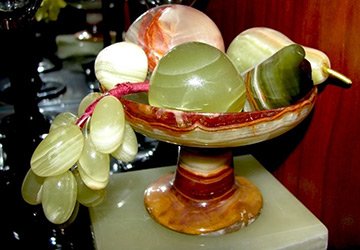Fashion Jewelry
Products from a stone malachite
With the onset of spring, all the colors of nature come to life, everything grows and blooms, drowning in waves of countless aromas and greenery. Probably, in the spring, the favorite color of many of us is green. This color carries a balance of warmth and coolness. Green color cheers up.
Despite the fact that there is a lot of green in nature, we often use it in clothes, interiors and jewelry. Green tones evoke a positive attitude, calmness. And, apparently, this is why, especially in spring, the green color evokes a special sensation of beauty. For many, green is the color of eternal life. And it is this color that bears in itself a beautiful stone of "bright juicy, cheerful and at the same time silky-delicate greenery" - the stone of malachite.
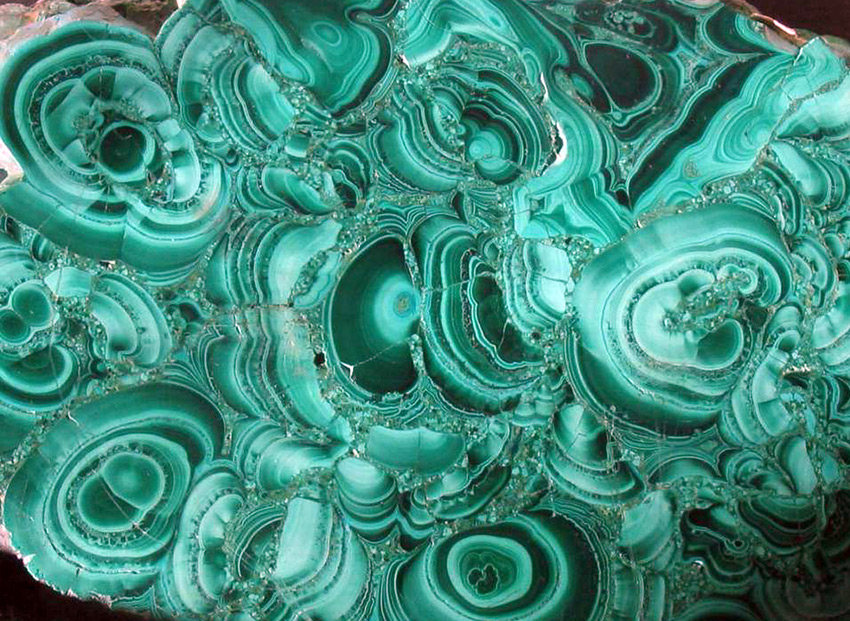
Malachite is one of the most beautiful minerals. Its palette is from green tones from light green to dark green ("plisse") color. It is believed that the stone got its name from the Greek word "??????" - mallow, a plant whose leaf color is bright green. And the color of malachite is actually explained by the presence of a copper ion.
The texture of malachite is varied - striated, tapered, circular concentric, radiant-stellate. Layers of different colors alternate in the stone.
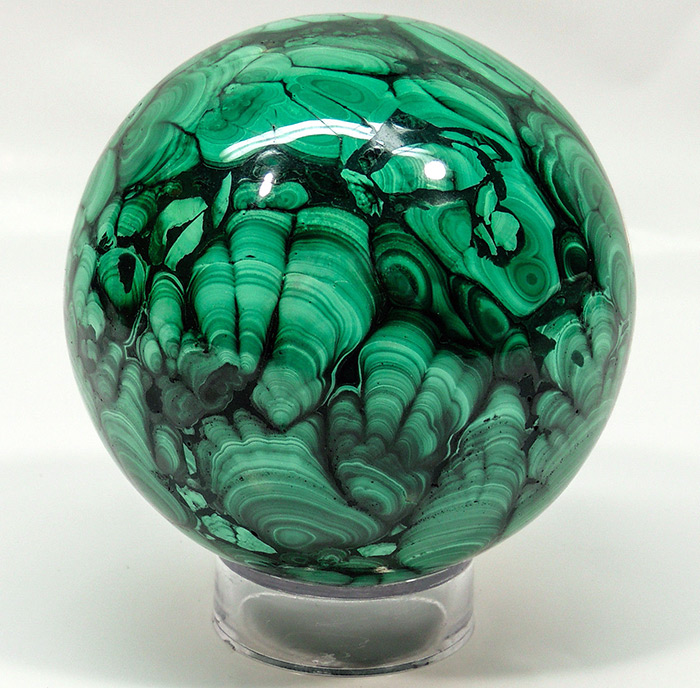
In terms of chemical composition, malachite is a carbonate salt of copper - Cu2 [CO3] [OH] 2, where copper oxide is contained most of all - up to 72%. That is why malachite was originally used as a copper ore.
Malachite is a fragile stone with a silky tint at the fracture. He has long attracted the attention of people. They decorated buildings and halls, made tabletops, columns and amulets. Ancient Egyptians they loved jewelry made from this beautiful stone, especially cameos.
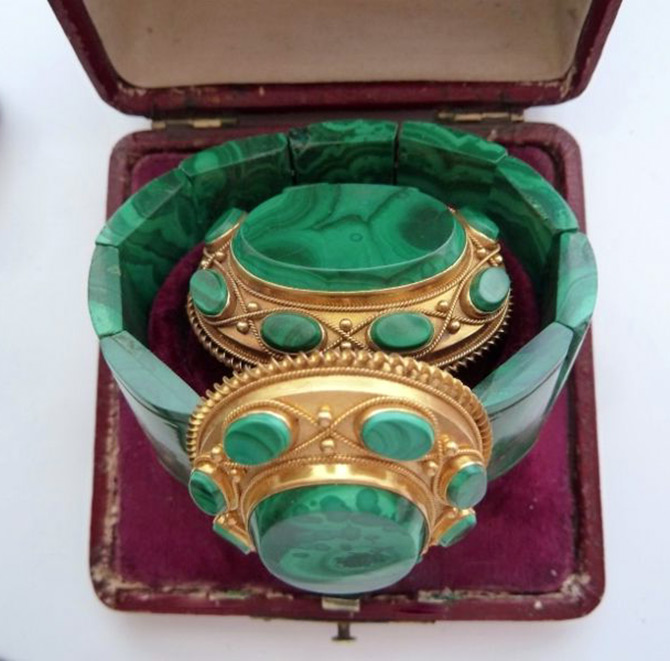
However, the craze for malachite began after the discovery of a rich deposit in the Urals in the 18th century. But it was found in the foothills of the Urals back in 1635. Small stones were used to make beautiful decorations and magnificent paints, and large ones were used to make vases, bowls, tabletops and columns. Russian masters especially amazed the world with the perfection of their work and the depth of artistic perception of malachite. And the malachite business of Russia has gained worldwide recognition.
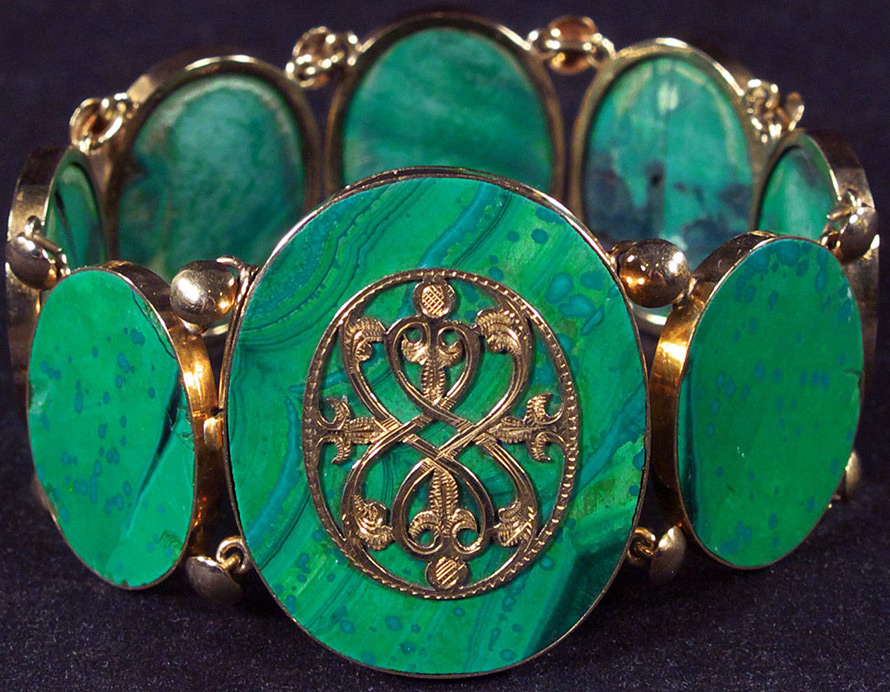
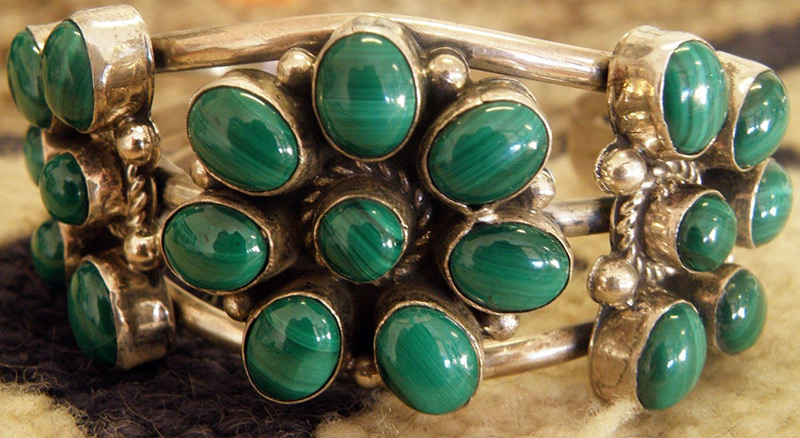
Russian craftsmen developed a method for making products from malachite, which was called “Russian mosaic”. Malachite was sawn into thin individual plates, from which a pattern was then selected, glued to marble or metal. Entirely a product - a bowl or tabletop looked like it was made from one single piece of stone.
In the 18th - 19th centuries, malachite became a fashionable stone among the nobility; it was used to decorate mineral cabinets in Russia and Europe. Rich collections of Ural malachite were possessed by Catherine II in the Winter Palace, natural scientists P.S. Pallas, I.I. Lepekhin, Count N.P. Rumyantsev.
The museum of the Mining Institute in St. Petersburg exhibits giant malachite - one weighing 1.5 tons from the Gumeshevsky mine (owner A.F. Turchaninov, who fell into the tale of P.P. 0.5 tons from the Kyshtym mine (owner L.I. Rastorguev).
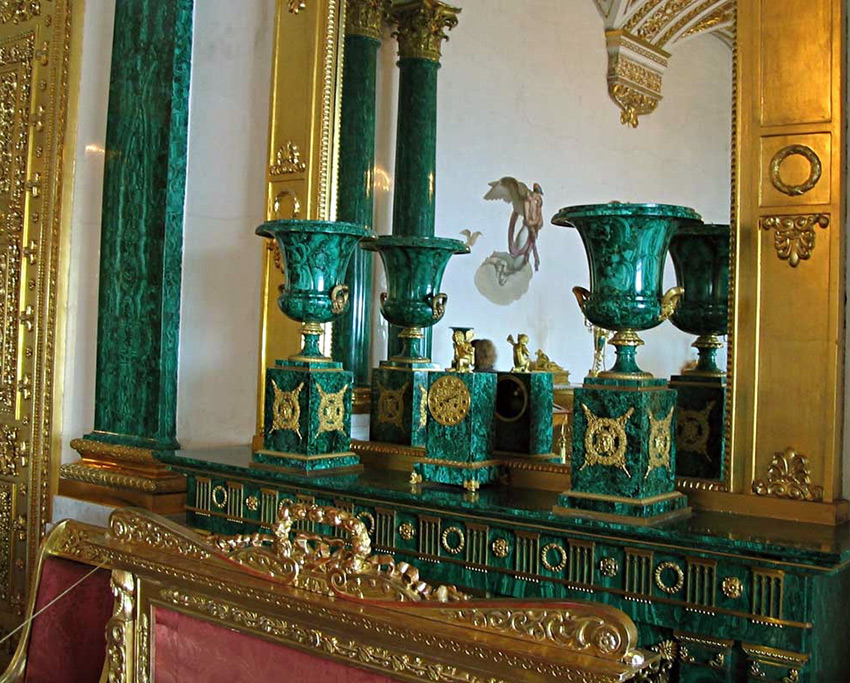
Malachite has become a symbol of wealth, and even a sign of social distinction. The imperial court and the highest nobility sought to get things from malachite. And Napoleon dreamed of taking the malachite collection out of Russia.
There is a malachite hall in the Hermitage, where you can admire products made of beautiful stones. There are more than a hundred different objects here - huge vases, tables, bowls, columns. The magnificence of these products amazes the imagination and causes delight and admiration for the work Russian craftsmen... The beauty of the Ural malachite is superior to that of other deposits located in Zaire, Australia, Chile, Namibia, and the USA.
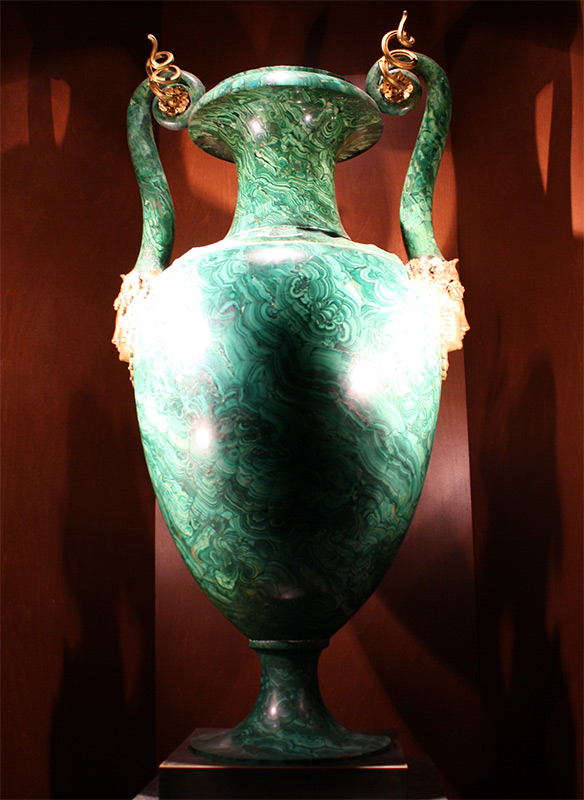
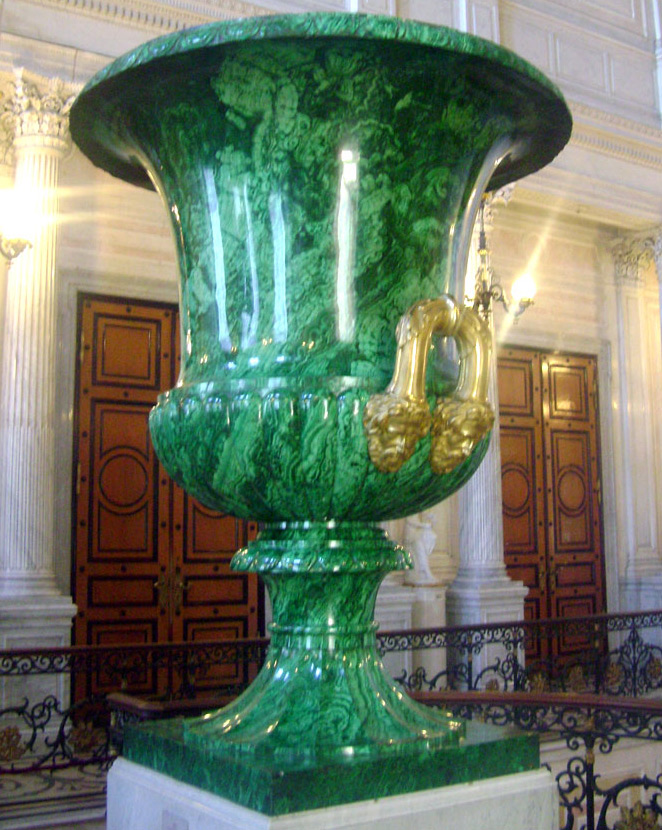
Malachite jewelry - beads, brooches, rings, pendants are in great demand and are valued along with semi-precious stones. The well-known malachite deposits of the Urals - Gumishevskoe and Mednorudnyanskoe are almost completely developed, although, as scientists assume, on the famous fabulous mountains of the Urals there are still untold treasures that must be found.
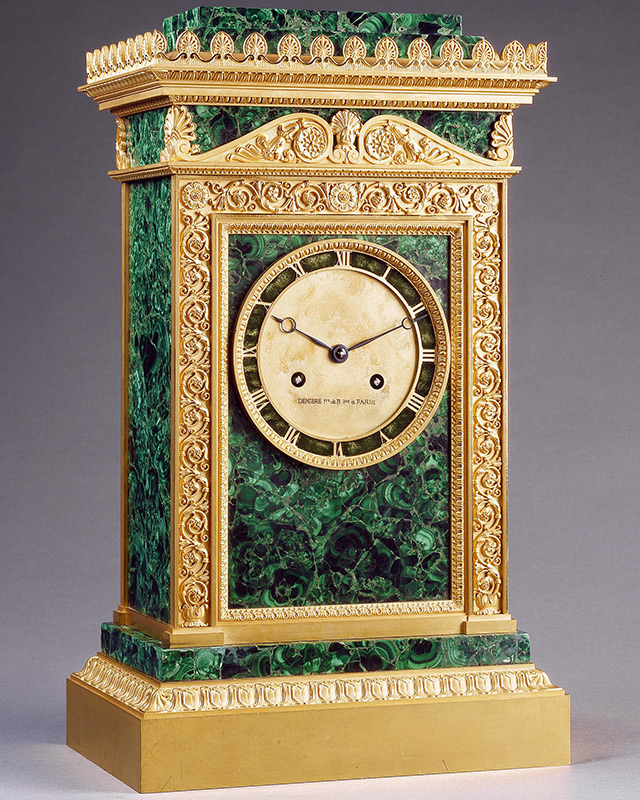
And the fact that Copper Mountain is certainly fabulous has been known for a long time, read the tales of P.P. Bazhova. The Mistress of the Copper Mountain herself is a green-eyed maiden - in a word, a feast for the eyes, and her clothes are such, “... that you won't find another in the world. Silk malachite dress. This sort happens. A stone, but to the eye like silk, even to stroke it with your hand.
Maybe there will be some master Stepan or Danila, who will meet the Mistress of the Copper Mountain, and then the malachite treasures will again appear in all their glory. And she, “... This mistress - a malachitnitsa - loves to be wise over a person”. Yes, they say, "It is grief for a thin person to meet her, and for a good one, there is little joy ...".
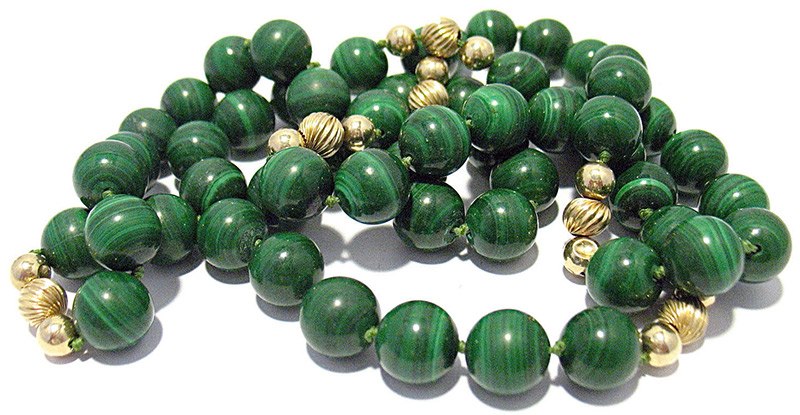
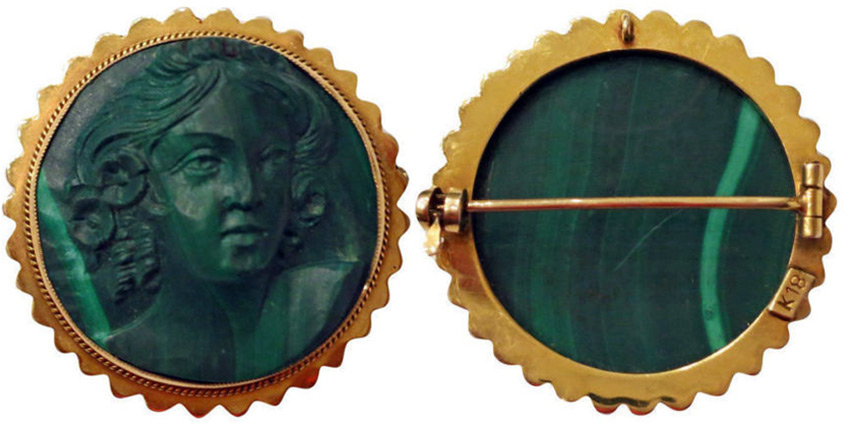
Here was such Stepan - he got a lot of malachite. How did it happen? He met the Malachite Mistress. She told him to fulfill three conditions. Stepan fulfilled the first two - he showed his courage and devotion, and the third - he could not forget the beauty of the Mistress.
The Mistress rewarded him for his courage and devotion, - where Stepan worked, the malachite walked like that - sometimes in pebbles, or even in huge blocks. But he did not live long in the world, he kept walking, as if not his own, he kept thinking about the green-eyed beauty. And as Stepan died, so "... in Gumeshki after that all the wealth disappeared ... and the malachite left ... since then Gumeshki began to decline and went ...".
"... Here she is, so what a Mistress of the Copper Mountain!"
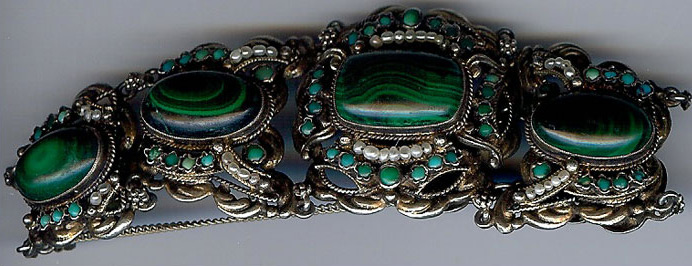
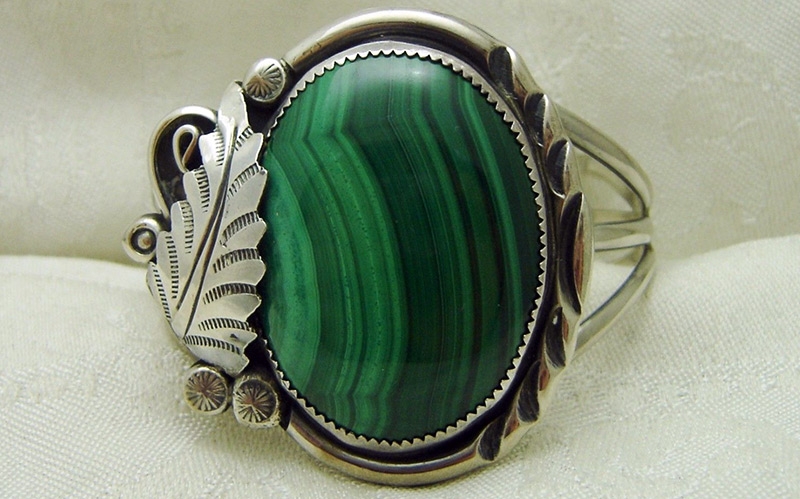
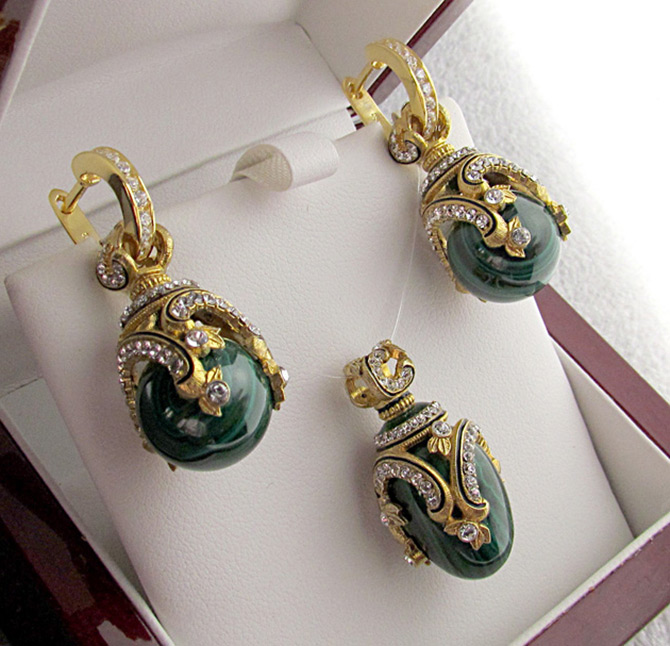
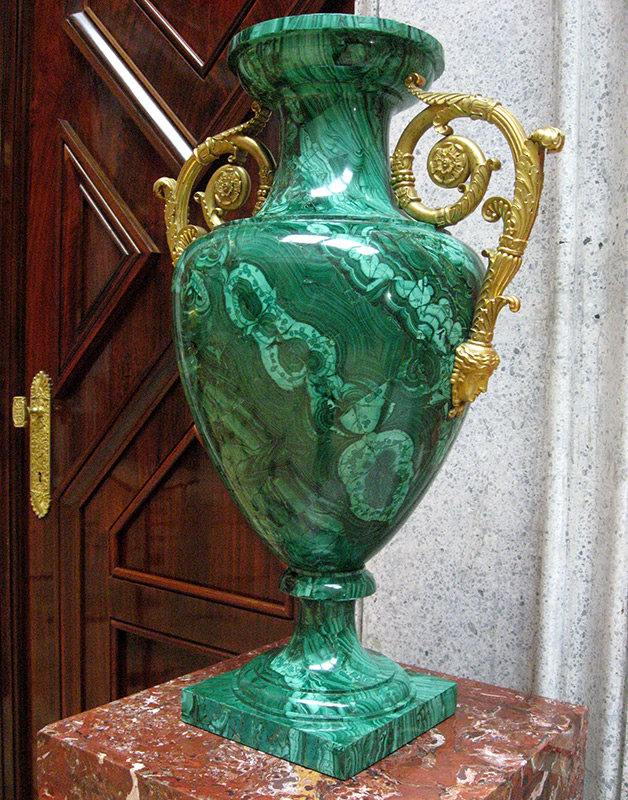
Comments and Reviews
Add a comment
Rating news
Shades of clothing that make women look younger
What shades of hair make women younger: rules and photos
Funny wedding dresses - photos and ideas
12 most expensive down jackets for the winter
How to look 25 at 40: tips from supermodels
Beautiful schoolgirls
Anti-aging haircuts and hairstyles for women
Fashionable skirts for autumn and winter
Fashionable women's trousers for the cold season
Fashionable and stylish sandals for summer 2024
Spring-summer 2024
 Fashionable dresses and tops with thin spaghetti straps
Fashionable dresses and tops with thin spaghetti straps
 Bandana tops: how to wear stylishly and beautifully
Bandana tops: how to wear stylishly and beautifully
 How to put together the perfect men's wardrobe for the summer
How to put together the perfect men's wardrobe for the summer
 Fashionable shorts for spring-summer 2024
Fashionable shorts for spring-summer 2024
 Fashionable skirts for spring-summer 2024: a guide to online shopping
Fashionable skirts for spring-summer 2024: a guide to online shopping
 The most fashionable dresses spring-summer 2024: styles and colors
The most fashionable dresses spring-summer 2024: styles and colors
 Fashionable total look 2024: ideas of images and trends
Fashionable total look 2024: ideas of images and trends
